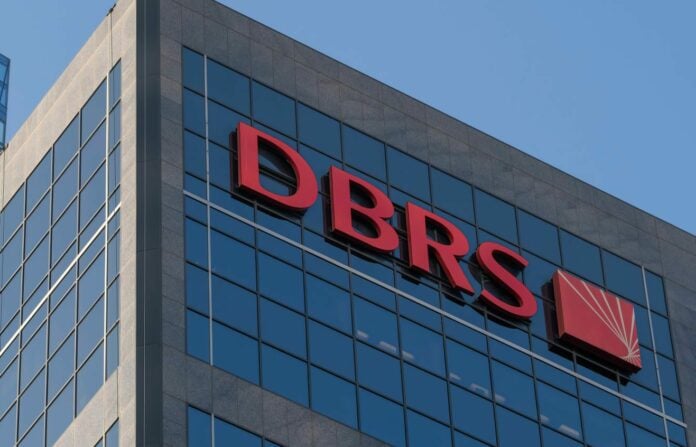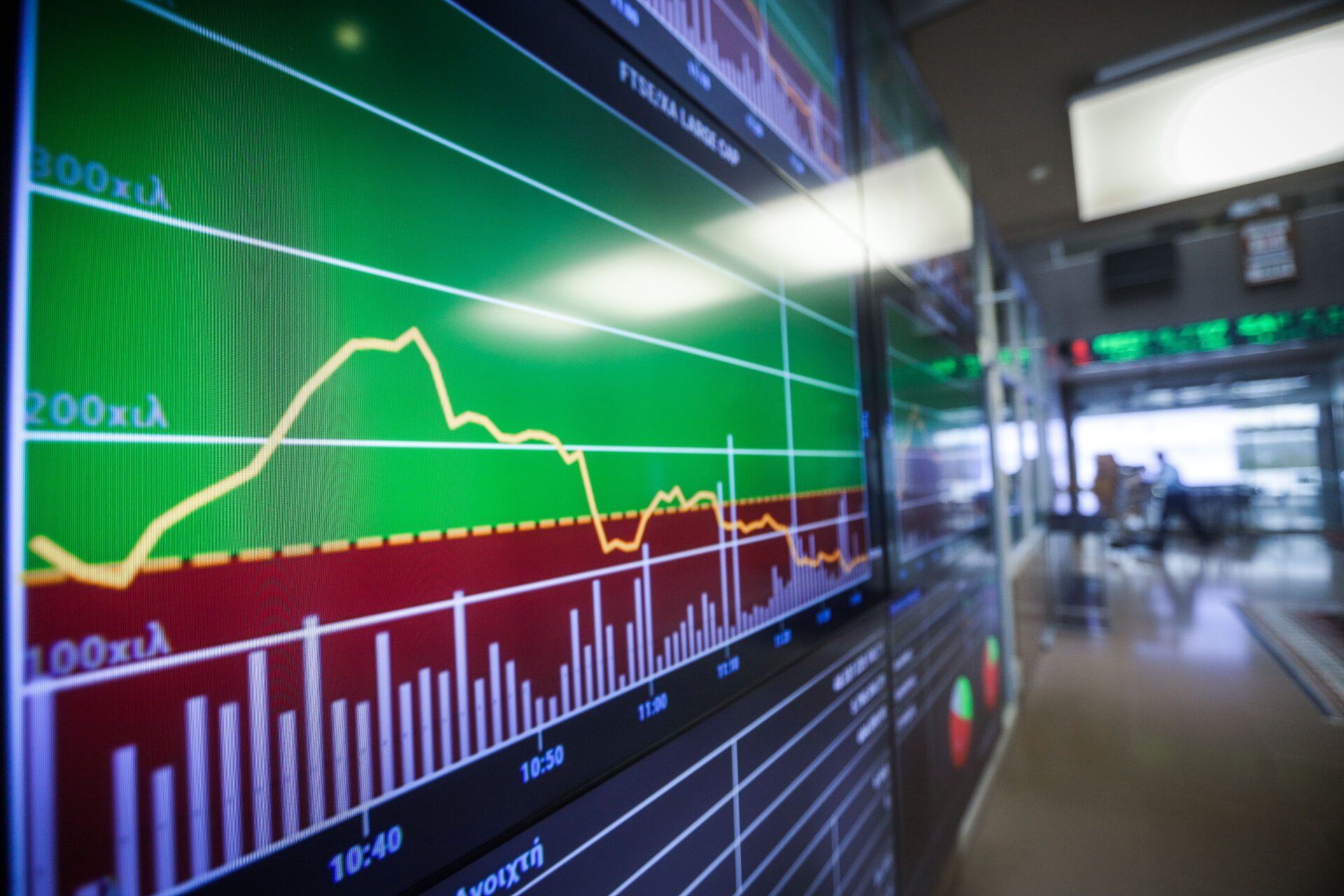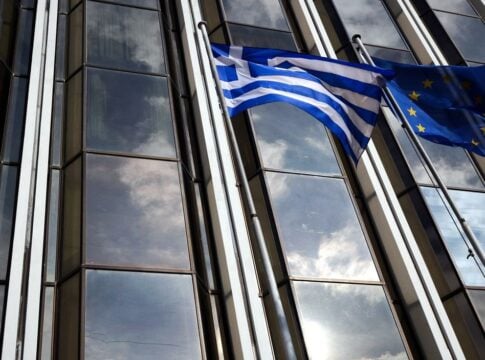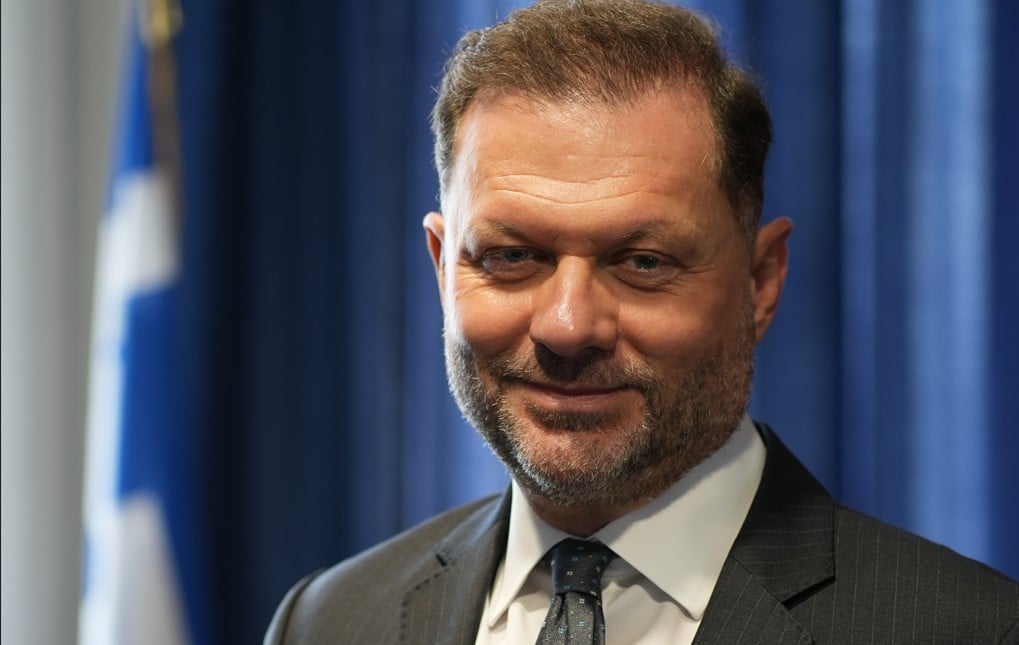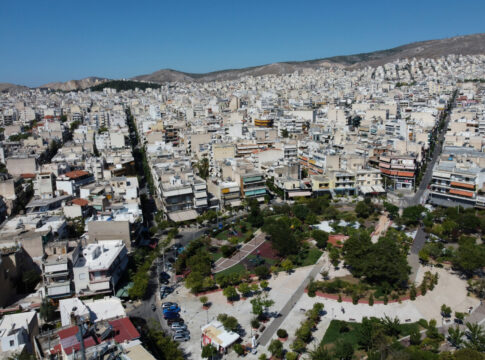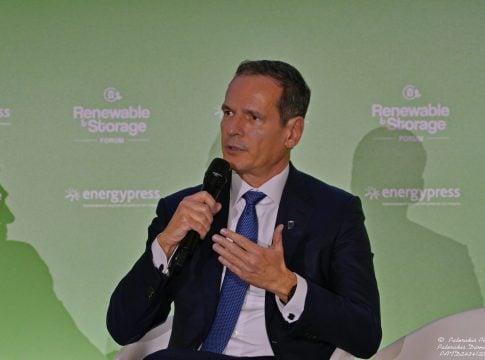The prospects of the four systemic banks are described as positive in the new DBRS report on the Greek financial system, under the title “Greek Banks: Robust Performance in 2023 Further Strengthens the Sector’s Credit Profile for 2024”.
Welcoming the positive economic figures in 2023, DBRS confirmed Greece’s investment grade (BBB low), adding that the four main banks achieved a net profit of 3.6 billion euros in the 12-month period, with revenues from interest rates (NII) boosting annual figures.
DBRS believes that profit margins will remain strong in 2024, despite a slight decline in NIIs and an expected cut in central bank interest rates. And this, thanks to the reduction of NII’s dependence on the level of interest rates, but also the maintenance of low costs.
Special mention, among other things, was made of liquidity, which receives a boost from fixed deposits, with the liquidity coverage ratio exceeding 200%, the fixed funding ratio reaching 135% and the loan/deposit ratio standing at 67%.
Greek banks still have 14 billion euros in funding from the ECB, which is of course reduced by at least 70% compared to 2022. As for the MREL bonds, which they issue more and more frequently, banks represent only 5% of the total financing of the sector.
DBRS also referred to the capitalization levels, which are increasing, thanks to stable profitability and successive bond issuances. Thus, the CET1 ratio reached 15.6% at the end of 2023, while the total capital ratio stood at 19%.
On the other hand, capital quality is characterized as relatively weak due to high deferred tax (DTC), which reflects around 56% of CET1. Of course, this percentage is reduced compared to 2022 (63%).
Finally, DBRS also referred to the recent disinvestment of the Hellenic Financial Stability Fund (HFSF), noting that the improved resilience of the banking sector, combined with the performance of the Greek economy, supported the work of the HFSF and enhanced the attractiveness/visibility of the banks shares.


